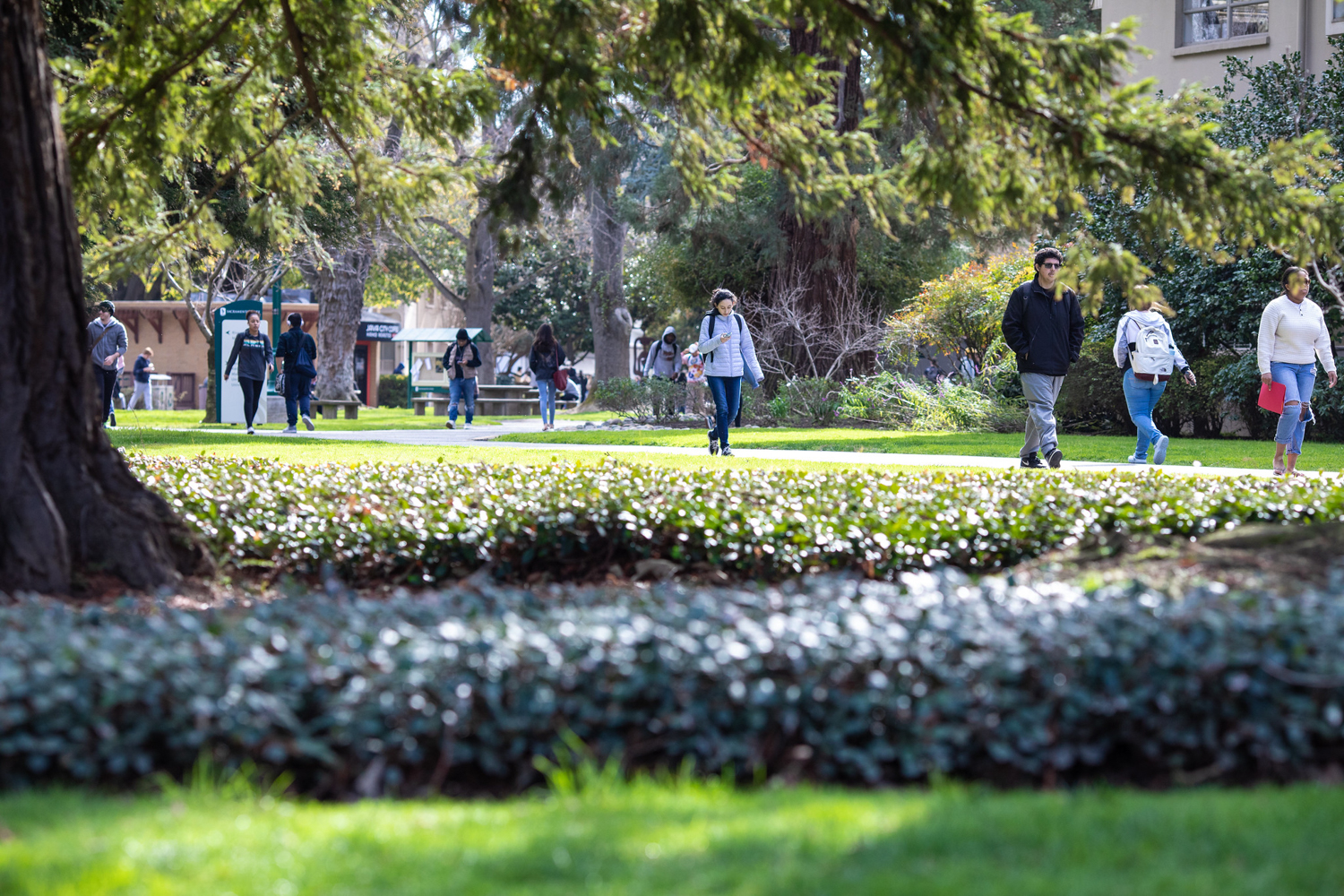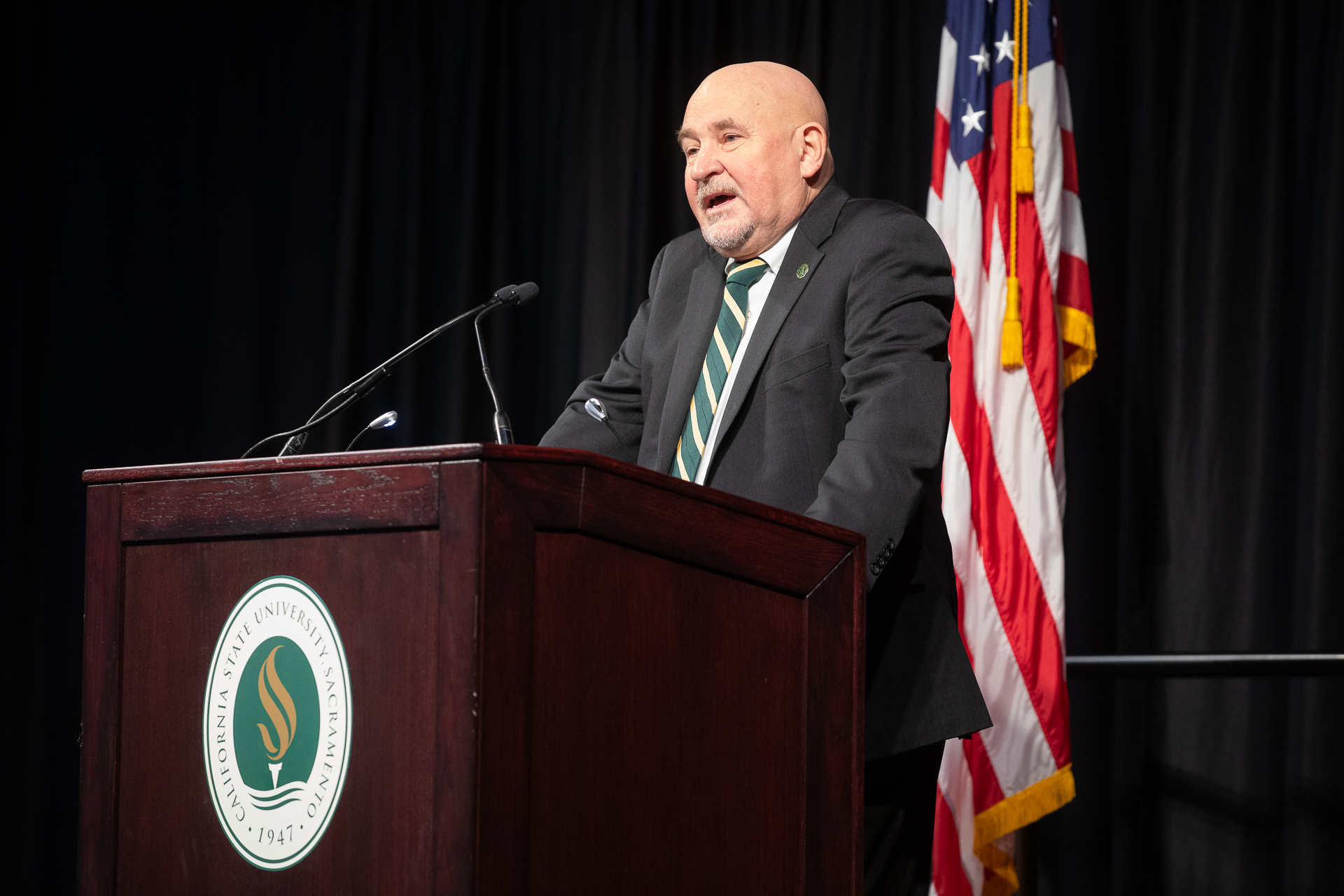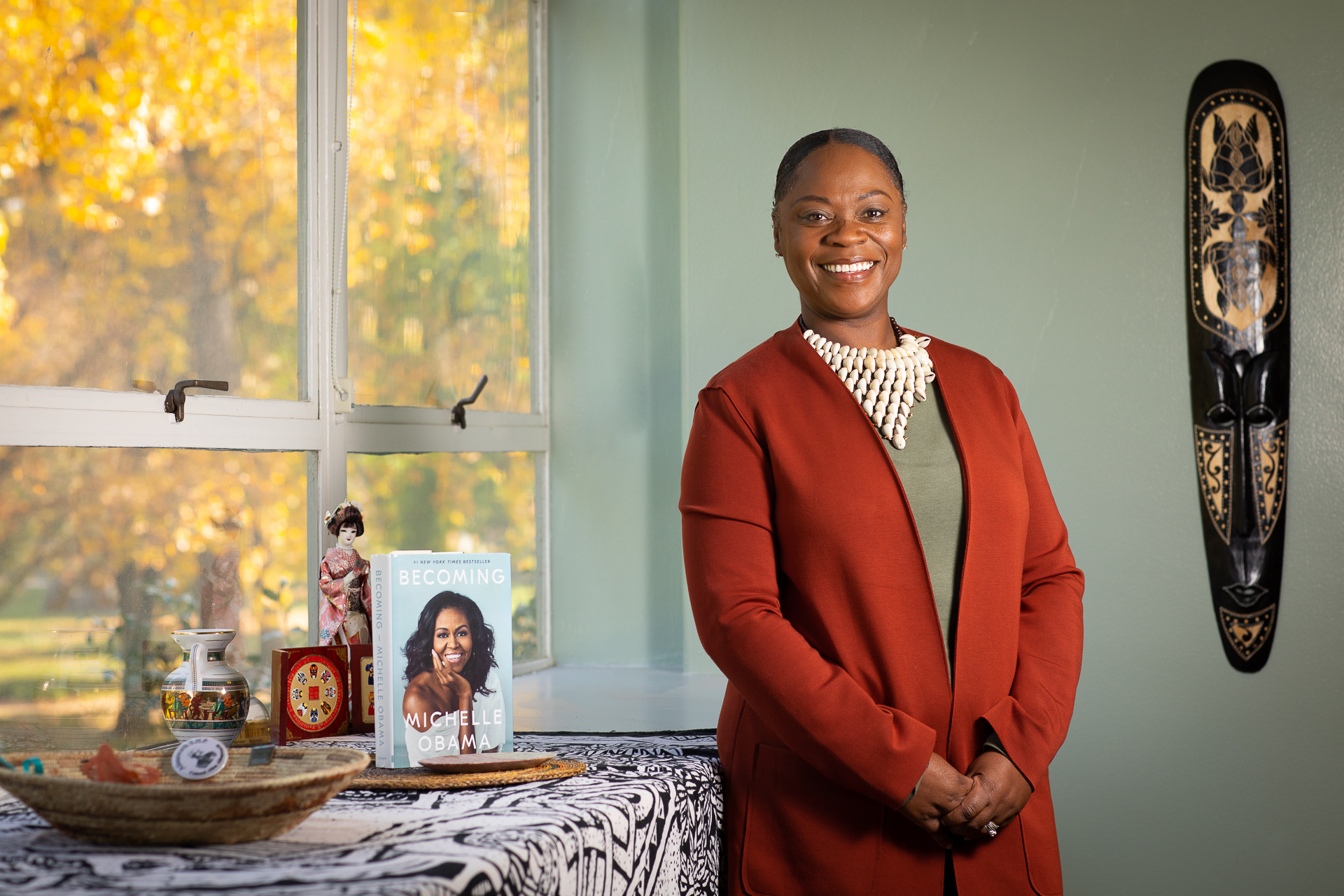Story Content
Following successful Convocation, Sac State turns to implementing antiracism plan
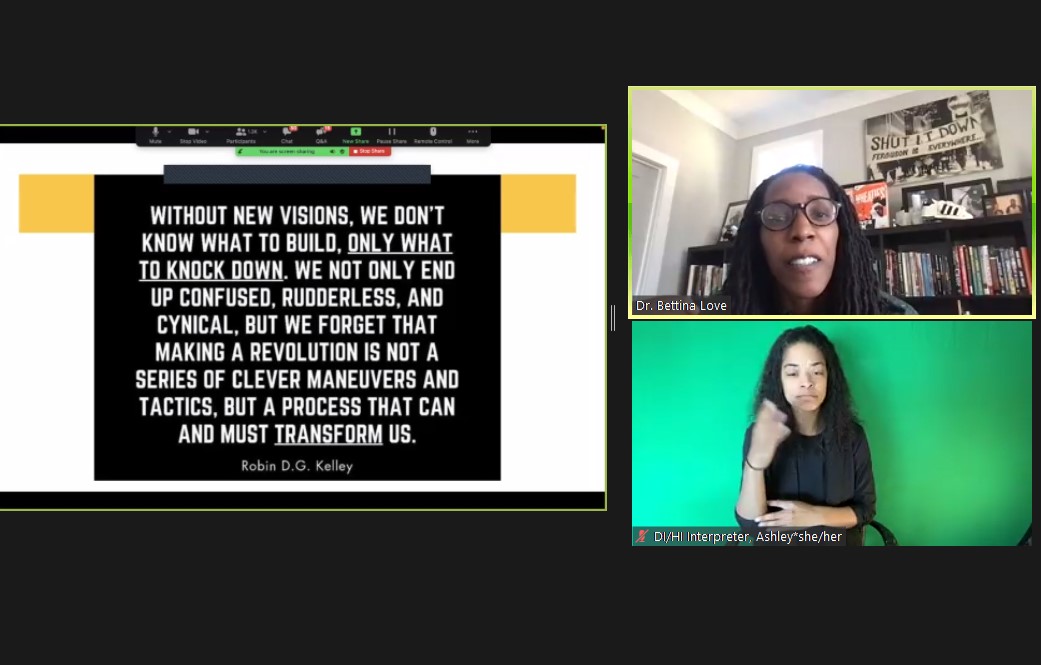
February 16, 2022
History professors are making a point to learn the names, cultures, and preferred pronouns of their students. Political science faculty have introduced courses that explore immigration and other issues around race. Students are creating “safe spaces” where they can discuss their views about bias and inequality.
That work and other efforts have begun to carry Sacramento State closer to its aspiration of becoming an antiracist institution, but much more is to come.
On Monday, Feb. 14, a daylong virtual antiracism and inclusion Convocation, “A CALL TO ACTION: Eradicate, Resolve, and Liberate,” brought together members of the Sac State community and other participants to discuss those efforts.
“Let’s look inward, and make a decision to actively work for the change,” said Mia Settles-Tidwell, the University’s vice president for Inclusive Excellence.
The Convocation featured speeches, breakout sessions, and conversations about how to implement Sac State’s sweeping Antiracism and Inclusive Campus Plan, which will be rolled out over the next five years. The plan offers recommendations for “mattering and affirmation,” curriculum development, faculty and staff retention, and transforming entrenched practices of racism and exclusion.
Participants in Monday’s gathering, for which about 2,200 people registered, outlined progress that already is happening.
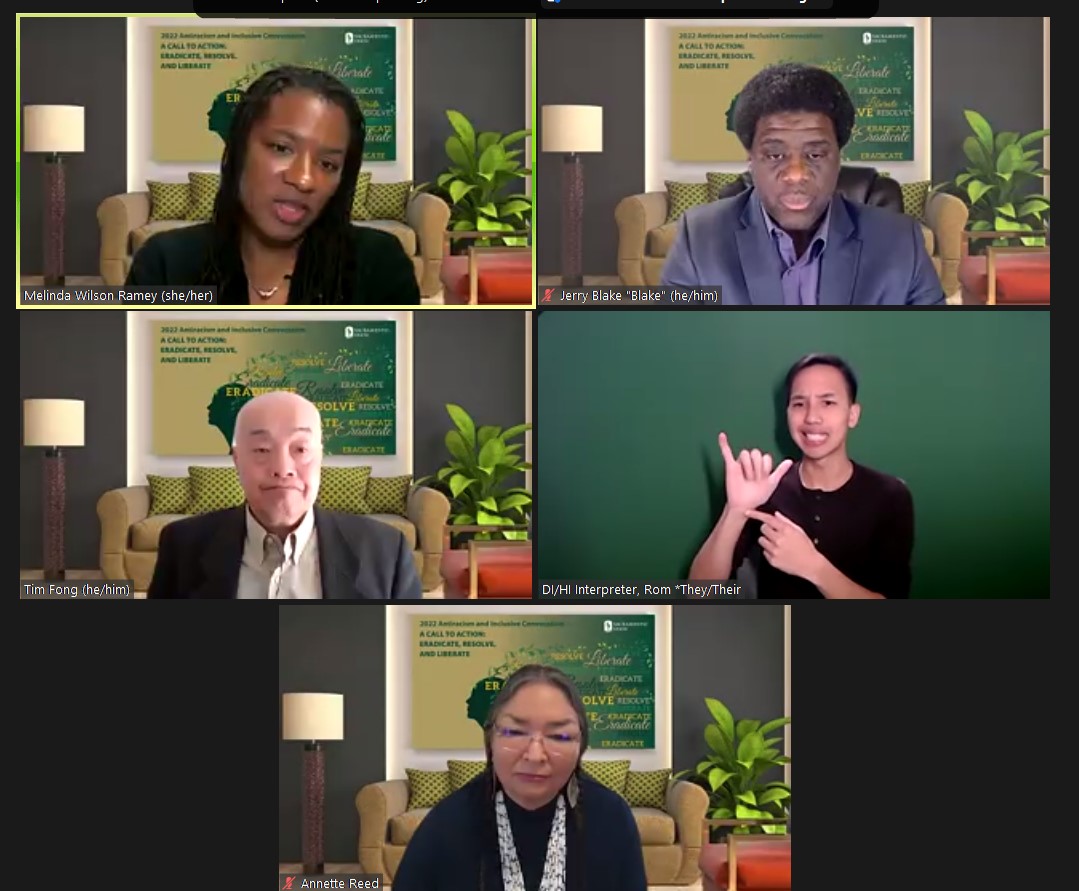
During a breakout session addressing biases in the classroom, faculty members said students of color and those with disabilities often face disadvantages, partly because diversity and representation among instructors and in course curriculum is lacking. Biology Professor Kelly McDonald cited high rates of attrition for Black and Latinx scholars, as well as students with physical disabilities.
“We’re losing so much potential and talent,” she said.
Biology Professor Kimberly Mulligan suggested that faculty members “look at your syllabus through the eyes of a student” and consider whether it reflects historical and scientific diversity. Focusing exclusively on “Eurocentric” ideas “encourages exclusivity and unjust practices,” she said. Most textbooks, for example, ignore the early work of people in Africa and Asia who helped develop agents against viruses, Mulligan said, adding that few know a Black woman leads the National Institutes of Health’s coronavirus team.
History Professor Rebekkah Mulholland said she encourages discussions about cultural diversity by asking students on the first day of class “how they and their families prepare rice.” The approach “opens a discussion about cultures and backgrounds” and “encourages multiple voices and perspectives,” Mulholland said.
Kristina Flores Victor, who teaches Political Science, said her department has introduced several new courses that address race, including one on immigration.
Changes would be even more meaningful if faculty member’s backgrounds and experiences more accurately reflected the student population, said Alma Flores, an Education professor who served on the committee that developed the Antiracism and Inclusive Campus Plan.
“The number of Latinx faculty on this campus is quite disappointing,” she said, especially considering that Sac State is a federal Hispanic Serving Institution, with 25 percent of its students identifying as a member of that group. The University’s percentage of Latinx faculty members is far lower.
“I went into the planning committee with lots of anger and frustration,” Flores said. “We need action.”
During another panel discussion, student body president Samantha Elizalde agreed that faculty members of color are underrepresented on campus.
“It’s really important for us to learn from people who look like us and have shared experiences,” she said.
The campus plan directly addresses the issue, Settles-Tidwell said. It calls for an audit of University procedures and practices, including those pertaining to the retention and experiences of people of color.
Settles-Tidwell promised accountability as plan implementation advances, and said timelines will be set for instituting key changes.
The Convocation’s keynote speaker, scholar and activist Bettina Love from the University of Georgia, praised Sac State for organizing a “commendable” event.
Love said Black people in America remain “in a perpetual state of survival mode,” citing cases of unarmed men and women who were killed by police in recent years. “We deserve to do more than just survive,” she said, adding that change comes with education.
Educators must “seek to build institutions that are safer and loving,” Love said. “We can create a new world. It is possible. But it starts with us.”
University Chorale performs during Convocation
Media Resources
Faculty/Staff Resources
Looking for a Faculty Expert?
Contact University Communications
(916) 217-8366
communications@csus.edu
